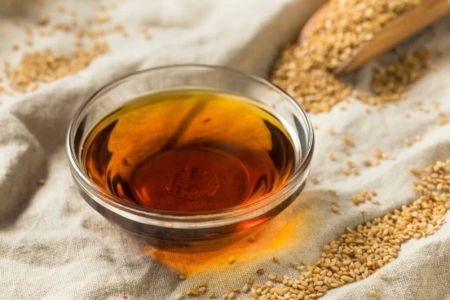What Kind of Green Tea Do Chinese Restaurants Use?
When you walk into a Chinese restaurant and sit down for a meal, there’s something incredibly comforting about the steaming cup of green tea that arrives shortly after. But have you ever wondered, what kind of green tea do Chinese restaurants use? As a regular diner at Chinese restaurants, I often found myself intrigued by the delicate taste and aroma of the tea. After a bit of research and personal experiences, I’m here to share some insights on the most popular types of green tea served at Chinese restaurants.
1. The Tradition of Green Tea in Chinese Cuisine
Green tea has been an integral part of Chinese culture for thousands of years. It is deeply woven into the fabric of everyday life, often consumed not just for enjoyment but for its health benefits as well. In Chinese restaurants, green tea is typically served as a complimentary beverage, offering a refreshing and light contrast to the rich, savory dishes. You’ll find it offered in restaurants across the United States, often to welcome guests or to complement a meal. The simplicity of green tea reflects the essence of Chinese culinary philosophy—highlighting natural flavors with minimal interference.
2. The Most Common Green Tea: Jasmine Tea
One of the most popular types of green tea served in Chinese restaurants is jasmine tea. Jasmine tea is a fragrant tea infused with the aroma of jasmine flowers, giving it a sweet, floral scent that complements the delicate flavors of Chinese cuisine. It is typically made with green tea leaves, which are either lightly pan-fired or steamed, and then scented with jasmine flowers. This tea is particularly favored for its refreshing qualities, making it a perfect pairing with spicy, savory dishes commonly found in Chinese cuisine.
3. Other Common Green Teas: Longjing and Gunpowder
Aside from jasmine tea, two other green teas commonly served in Chinese restaurants are Longjing (Dragon Well) and Gunpowder tea. Longjing is a famous Chinese green tea from Hangzhou and is known for its flat, sword-shaped leaves. The tea has a subtle, sweet flavor with hints of chestnut. It’s smooth and refreshing, making it a great option for pairing with dishes that are less rich but still flavorful.
Gunpowder tea, on the other hand, is made by rolling tea leaves into small pellets, giving the tea a slightly smoky flavor. Its name comes from the resemblance of the tightly rolled tea leaves to gunpowder pellets. Gunpowder tea has a stronger flavor profile compared to Longjing, which makes it an excellent accompaniment to hearty dishes such as those featuring stir-fried meats and vegetables.
4. Health Benefits of Green Tea
One of the reasons green tea is so popular in Chinese restaurants is because of its numerous health benefits. Green tea contains antioxidants known as catechins, which can help protect the body from free radicals and support heart health. It’s also been linked to improved metabolism and weight management, which is why many health-conscious diners opt for it during their meals. Additionally, green tea has been shown to help with digestion, making it a perfect beverage to pair with heavy or oily dishes typical of Chinese cuisine.
5. How Chinese Restaurants Brew Green Tea
The way green tea is brewed in Chinese restaurants is crucial to achieving the right flavor. Unlike Western methods of brewing tea, which often require boiling water, Chinese tea brewing usually involves using water that is not fully boiling. Water temperature is key; too hot, and the delicate flavors of the green tea will be lost or turned bitter. Restaurants will typically steep the leaves for a few minutes, allowing the flavors to infuse the water without overpowering the drinker’s palate. If you're making green tea at home, using water just below boiling (around 170–180°F or 75–80°C) is generally ideal.
6. The Etiquette of Drinking Green Tea in Chinese Restaurants
In many Chinese restaurants, green tea is often served as a gesture of hospitality. It’s a tradition that traces back to ancient Chinese culture, where tea was considered a symbol of respect and politeness. The tea is usually served in small cups or teacups, and you’re expected to drink it throughout the meal. One interesting aspect of drinking green tea at Chinese restaurants is the quiet appreciation it fosters. Unlike in some Western cultures where tea is served primarily as a sweetened beverage, Chinese green tea is enjoyed for its pure taste and refreshing qualities.
7. Can You Order Green Tea in Chinese Restaurants in the U.S.?
Yes, you can! In most Chinese restaurants across the United States, green tea is a standard offering, often served without charge. Many restaurants will also offer it as part of a lunch or dinner special. If you’re dining at a more upscale or authentic Chinese restaurant, you’ll likely have a range of green teas to choose from, including options like jasmine, Longjing, or even loose-leaf varieties that are brewed fresh for you. However, be mindful that some restaurants might offer a more basic option, so don’t hesitate to ask about the variety of green tea they serve if you’re looking for something more specific.
Whether you're a seasoned tea enthusiast or a newcomer, the next time you find yourself at a Chinese restaurant, take a moment to savor your cup of green tea. It's more than just a beverage—it's a part of Chinese culture, a perfect companion to your meal, and a healthy way to enjoy your dining experience.


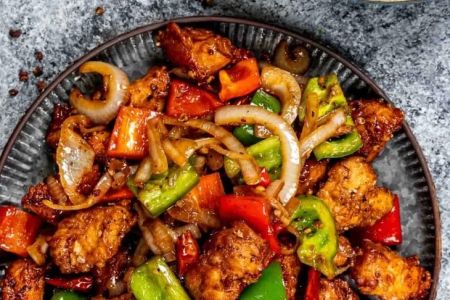
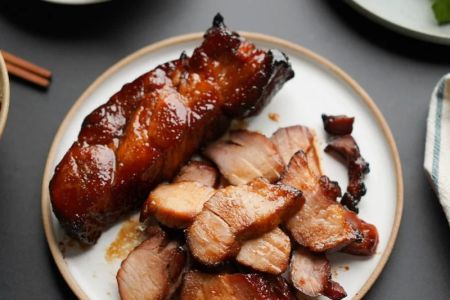
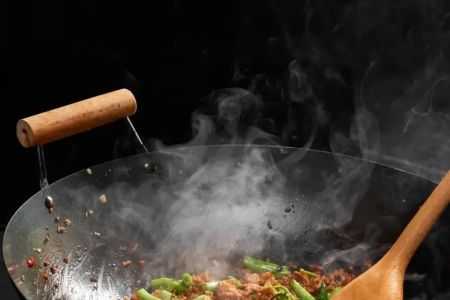
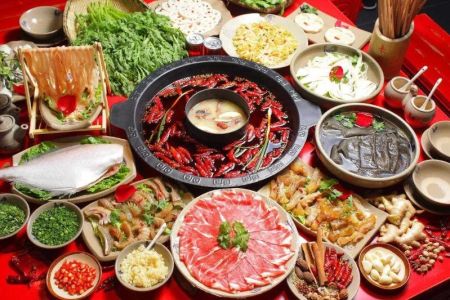
![Top Chinese Restaurants for Authentic Cantonese Cuisine in [Your City]](https://img.gochinarose.com/d33/2507/4157910400_450x300.webp)
